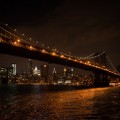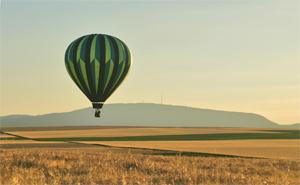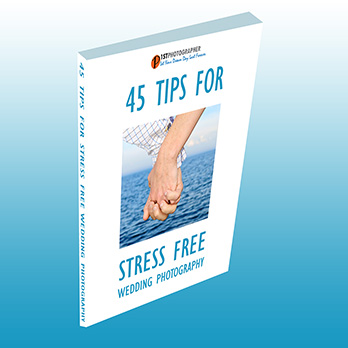The still photographer faces a challenge in a world where we are used to see life in motion. A single frame must capture the spirit of a dance. Failure results when the dancers become statues. A little creative thinking on how to use motion in photo composition helps to break down the barrier of the still frame.
Diagonals
This frame is quite beautiful. You know the importance of using diagonals to convey motion. The stretching posture creates a diagonal in a direction opposite to the diagonal floorboards. This creates a conflict – conflict that helps further the impression of motion. The viewpoint from the top makes us feel the force of her move that her partner is feeling. This feeling of force implies motion. The light to dark background implies a shift – this feeling of shift reinforces the sense of motion. So you can see the couple frozen in a split second transcends the boundaries of the frame and starts to dance in our mind.
Panning
Photographers use panning as technique to create a sense of motion. The camera is moved in the direction of motion
while the picture is taken. The subject holds still but the background, which is static appears blurry. This is similar to a passenger riding a high speed train and seeing the outside speeding by.
Panning takes practice and the success is not guaranteed. It is even more difficult when holding the camera vertically. If you do get lucky then you could get a winning shot. I photographed the skate boarder at the Washington Square Park in New York City.
Panning has been used in a different way in this picture of the roller blader – by rotating the camera. In a rotating object, like a spinning top, the center holds steady. Due to the same reason, the skater in the center is relatively steady. The effect is quite dramatic and conveys the sense of motion.
Zooming
Lens zooming is another technique used by photographers to create a a sense of motion. In the picture of the dancing couple, the photographer has slightly zoomed the lens while taking the shot to create a tunneling effect of the background – at a controlled shutter speed. Here too, the central part of the frame holds steady and relatively unaffected by zooming and there is just enough blurring in the hands and feet due to shutter speed.
Freezing
Believe it or not, freezing motion with high shutter speed can create a feeling of motion in the picture. Look at the huge splash caused in the calm ocean created by the thumping tail of a humpback whale or the acrobat suspended in space while taking a flip.
Blurring
In this frame, the shutter speed has been controlled to keep the carousel relatively steady, however the riders are blurred. The viewpoint from the bottom works very well and makes us feel the riders are tearing away from the frame – about to be thrown out of their orbits. The result is a feeling of motion.
In the picture of the waterfall the shutter speed is quite low, maybe even a couple of seconds. The show shutter speed creates a curtain of water. This continuum creates a sense of motion. This technique is very effective is controlling motion to create a feeling of peace and serenity.
Sometimes a combination of zooming and blurring works very well. I took the above shot from the passenger seat of the car. The forward movement through the tunnel created the zooming effect. The shutter speed was 1/2 sec and created the blur. The lights along the walls of the tunnel created the streaks. These converging streaks created depth in the picture.
Rear-Curtain Sync
Rear-curtain sync is a flash photography technique which freezes and blurs at the same time. The effect is really cool and very effective in conveying motion in photo composition
To summarize:
- Use diagonals and different viewpoints
- Experiment with low and high shutter speed
- Panning and zooming requires practice.
- Expect disappointments – made up by few exhilarating surprises.







